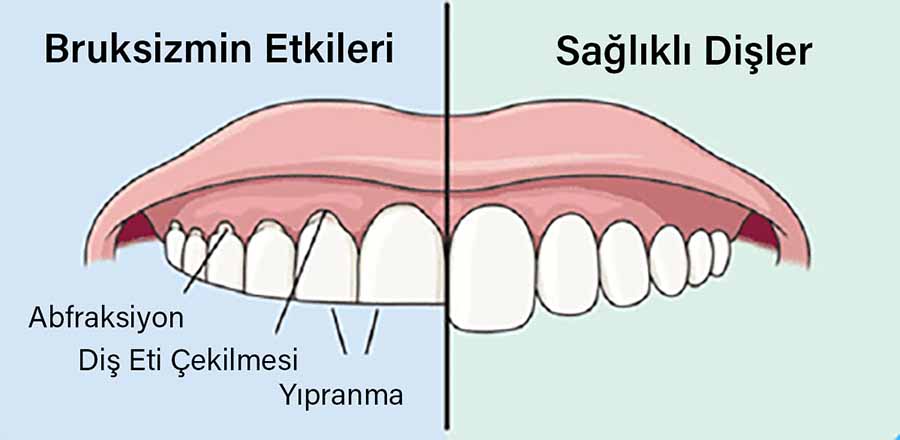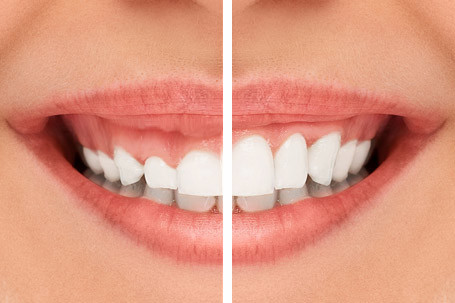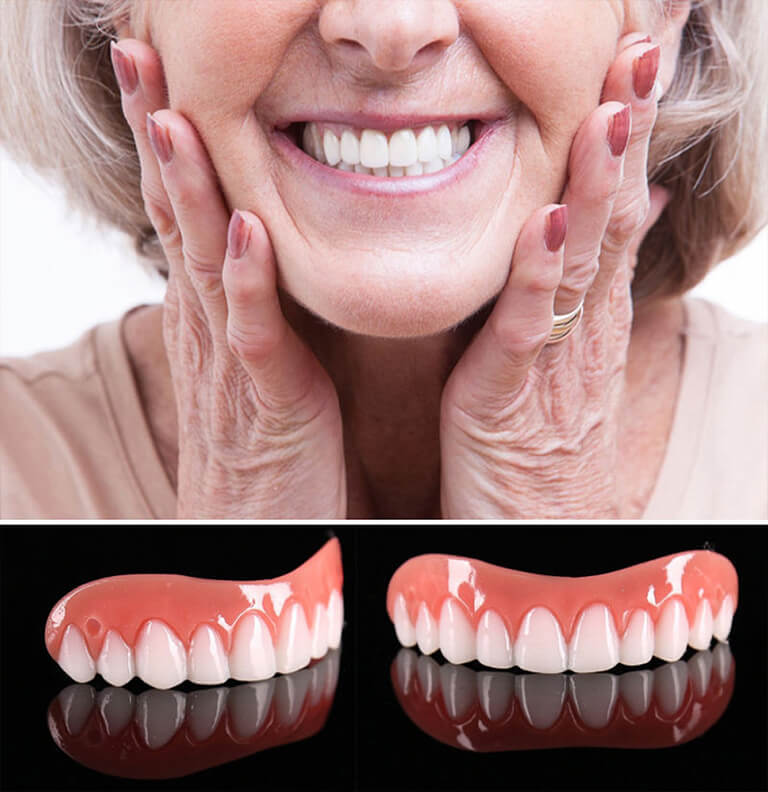
What is Fluoride?
Fluorine is the first element of the halogen group, resembling a brownish yellow color. It was first identified in 1529 by Georgius Agricola as an additive used to lower the melting point of metals.
Fluorine is an element located in Group 17 of Period 2 of the periodic table. It is the first element of the halogen group, with an atomic number of 9, an atomic weight of 19, and a density of 1.265, resembling a brownish yellow color. It was first identified in 1529 by Georgius Agricola as an additive used to lower the melting point of metals. In later years, French chemist Henri Moissan conducted various studies on fluorine and was awarded the Nobel Prize in Chemistry in 1906 for his separation of fluorine from its compounds.
Fluorine, one of the three halogen elements, is found in varying amounts in plants and animals due to the effects of soil, air, and water. Fluorine is an essential halogen in the body. Furthermore, fluorine, an essential element in human metabolism, accumulates in hard tissues such as teeth and bones, increasing the body's resistance to abrasion and heavy impacts that may occur in these areas. While fluoride is present in our bodies at an average of 2-3 grams, every 100 milliliters of blood in our circulatory system contains approximately 0.3 milligrams of fluoride. Fluoride also supports the calcium the human body needs for strong and durable bones and teeth. It plays a significant role in dental health (tooth decay). It is also used in the treatment of osteoporosis, a bone-thinning disease known in the medical world.
The human body can obtain the fluoride it needs from drinking water, seafood, apples, spinach, eggs, and offal, commonly known as liver and kidney.
Pure fluoride is highly toxic to living organisms. Humans, as one of several living groups, experience problems such as red eyes, respiratory obstruction, and severe irritation when exposed to pure fluoride. Excessive exposure to pure fluoride can lead to liver and kidney damage.
The use of fluoride and its compounds was not observed until World War II. After World War II, it began to be used commercially, and due to nuclear energy programs and atomic bomb projects, it began to be produced and processed in large quantities.
Applications and Uses of Fluoride
One of the most important details we must first address is that scientific studies conducted in 2000 and 2007 determined that fluoride prevents tooth decay. In light of the information gained from these studies, practices of adding fluoride to drinking water have begun. This practice is not only implemented in our country but in many other countries. The amount of fluoride added to water is set at 2 milligrams. The fluoride level in drinking water used by people living in Istanbul, one of Turkey's metropolitan cities, is significantly lower than the optimal levels determined by the World Health Organization (WHO). A detailed study of the fluoride content in commercially available bottled water revealed that it ranges from 0.025 to 1.08 milligrams, indicating that this level is low and that a higher fluoride content is needed. Fluoride is also one of the main additives in coating materials such as enamel and welding rods. Fluoride is a substance used in heat-resistant plastics, phone covers we all love, cable insulation and insulating tape, and waterproof clothing.
What are the Benefits of Fluoride?
Fluoride use has been proven to be both safe and highly effective. It is the first line of defense against tooth decay. When used correctly, fluoride prevents cavities. It is also an effective source of prevention for the progression of existing cavities. Research shows that tooth decay rates are low in developed countries like the United States. This is attributed to the effective use of fluoride in developed countries.
Related Blogs
-
 What is a Prosthetic Tooth? How is it Attached?
What is a Prosthetic Tooth? How is it Attached? -
What is Restorative Dentistry?
-
Clear Braces
-
 Transparent Plaque Treatment
Transparent Plaque Treatment -
What to Do in Case of Severe Toothache Problems
-
Recommendations for Those Who Use Dentures
-
 Radio Orthodontics
Radio Orthodontics -
 What is Leaf Porcelain?
What is Leaf Porcelain? -
Cleft Lip
-
Symptoms of Wisdom Tooth Pain
-
 What is a Prosthetic Tooth? How is it Attached?
What is a Prosthetic Tooth? How is it Attached? -
 5 Great Tips for a Trouble-Free First Day of Orthodontic Treatment
5 Great Tips for a Trouble-Free First Day of Orthodontic Treatment -
 How to Put on Braces?
How to Put on Braces? -
 Do Braces Affect Speech?
Do Braces Affect Speech? -
Why Are Teeth Crooked (Twisted)?
-
 Who Are Corrective Orthodontic Treatments Applied To?
Who Are Corrective Orthodontic Treatments Applied To? -
 Gapped Teeth (Diastema) Treatment
Gapped Teeth (Diastema) Treatment -
 Do I Need to Use Retainers or Wires After Braces?
Do I Need to Use Retainers or Wires After Braces? -
 What Braces Colors Are Available? Which One Is Best For You?
What Braces Colors Are Available? Which One Is Best For You? -
 How to Floss With Braces?
How to Floss With Braces? -
Do Braces Cause Cavities?
-
What Should You Do If Your Bracket Gets Sinked or Broken?
-
Crooked Teeth Treatment
-
Palate Treatment
-
Fear of the Dentist in Children
-
 In welchem Alter sollte eine kieferorthopädische Behandlung bei Kindern beginnen?
In welchem Alter sollte eine kieferorthopädische Behandlung bei Kindern beginnen? -
What is Clear Correct Clear Aligner Treatment?
-
 Jaw Anomalies
Jaw Anomalies -
Extraoral Appliances in Orthodontics
-
 What is the difference between Invisalign Transparent Plate Treatment and others?
What is the difference between Invisalign Transparent Plate Treatment and others? -
 Antalya Lara Dental Clinic
Antalya Lara Dental Clinic -
 Antalya Muratpaşa Dental Clinics
Antalya Muratpaşa Dental Clinics -
 Antalya Dentist
Antalya Dentist -
 What is a Tooth Abscess? How to Treat It?
What is a Tooth Abscess? How to Treat It? -
 What is Cracked Tooth Syndrome?
What is Cracked Tooth Syndrome? -
Wisdom Teeth Symptoms and Surgery
-
 What is Bruxism?
What is Bruxism? -
 What Causes Dry Mouth?
What Causes Dry Mouth? -
 What is Restorative Dentistry?
What is Restorative Dentistry? -
 Why Does the Tooth with Root Canal Treatment Hurt ?
Why Does the Tooth with Root Canal Treatment Hurt ? -
 What is Fluoride?
What is Fluoride? -
 Taking Flesh from the Palate and Making Gums
Taking Flesh from the Palate and Making Gums -
 When Do Milk Teeth Fall Out?
When Do Milk Teeth Fall Out? -
 What type of mirror is a dentist's mirror?
What type of mirror is a dentist's mirror? -
 How to Treat Swollen Gum?
How to Treat Swollen Gum? -
 What Causes Toothache?
What Causes Toothache? -
 How is Dental Veneer Made?
How is Dental Veneer Made? -
 Teeth Models According to Face Shape
Teeth Models According to Face Shape -
 What is Good for Receding Gums?
What is Good for Receding Gums? -
 Removable Prosthesis Types
Removable Prosthesis Types -
 Types of Dental Veneers
Types of Dental Veneers -
 What Happens If the Root of a Broken Tooth Remains?
What Happens If the Root of a Broken Tooth Remains? -
 What Should Be Done to Whiten Yellowing Teeth?
What Should Be Done to Whiten Yellowing Teeth? -
 What is Aesthetic Filling
What is Aesthetic Filling -
 Ağzımı Açarken Çenemden Kemik Sesi Geliyor
Ağzımı Açarken Çenemden Kemik Sesi Geliyor -
 Debridman Nedir?
Debridman Nedir?
Related Blogs
-
 What is a Prosthetic Tooth? How is it Attached?
What is a Prosthetic Tooth? How is it Attached? -
What is Restorative Dentistry?
-
Clear Braces
-
 Transparent Plaque Treatment
Transparent Plaque Treatment -
What to Do in Case of Severe Toothache Problems
-
Recommendations for Those Who Use Dentures
-
 Radio Orthodontics
Radio Orthodontics -
 What is Leaf Porcelain?
What is Leaf Porcelain? -
Cleft Lip
-
Symptoms of Wisdom Tooth Pain
-
 What is a Prosthetic Tooth? How is it Attached?
What is a Prosthetic Tooth? How is it Attached? -
 5 Great Tips for a Trouble-Free First Day of Orthodontic Treatment
5 Great Tips for a Trouble-Free First Day of Orthodontic Treatment -
 How to Put on Braces?
How to Put on Braces? -
 Do Braces Affect Speech?
Do Braces Affect Speech? -
Why Are Teeth Crooked (Twisted)?
-
 Who Are Corrective Orthodontic Treatments Applied To?
Who Are Corrective Orthodontic Treatments Applied To? -
 Gapped Teeth (Diastema) Treatment
Gapped Teeth (Diastema) Treatment -
 Do I Need to Use Retainers or Wires After Braces?
Do I Need to Use Retainers or Wires After Braces? -
 What Braces Colors Are Available? Which One Is Best For You?
What Braces Colors Are Available? Which One Is Best For You? -
 How to Floss With Braces?
How to Floss With Braces? -
Do Braces Cause Cavities?
-
What Should You Do If Your Bracket Gets Sinked or Broken?
-
Crooked Teeth Treatment
-
Palate Treatment
-
Fear of the Dentist in Children
-
 In welchem Alter sollte eine kieferorthopädische Behandlung bei Kindern beginnen?
In welchem Alter sollte eine kieferorthopädische Behandlung bei Kindern beginnen? -
What is Clear Correct Clear Aligner Treatment?
-
 Jaw Anomalies
Jaw Anomalies -
Extraoral Appliances in Orthodontics
-
 What is the difference between Invisalign Transparent Plate Treatment and others?
What is the difference between Invisalign Transparent Plate Treatment and others? -
 Antalya Lara Dental Clinic
Antalya Lara Dental Clinic -
 Antalya Muratpaşa Dental Clinics
Antalya Muratpaşa Dental Clinics -
 Antalya Dentist
Antalya Dentist -
 What is a Tooth Abscess? How to Treat It?
What is a Tooth Abscess? How to Treat It? -
 What is Cracked Tooth Syndrome?
What is Cracked Tooth Syndrome? -
Wisdom Teeth Symptoms and Surgery
-
 What is Bruxism?
What is Bruxism? -
 What Causes Dry Mouth?
What Causes Dry Mouth? -
 What is Restorative Dentistry?
What is Restorative Dentistry? -
 Why Does the Tooth with Root Canal Treatment Hurt ?
Why Does the Tooth with Root Canal Treatment Hurt ? -
 What is Fluoride?
What is Fluoride? -
 Taking Flesh from the Palate and Making Gums
Taking Flesh from the Palate and Making Gums -
 When Do Milk Teeth Fall Out?
When Do Milk Teeth Fall Out? -
 What type of mirror is a dentist's mirror?
What type of mirror is a dentist's mirror? -
 How to Treat Swollen Gum?
How to Treat Swollen Gum? -
 What Causes Toothache?
What Causes Toothache? -
 How is Dental Veneer Made?
How is Dental Veneer Made? -
 Teeth Models According to Face Shape
Teeth Models According to Face Shape -
 What is Good for Receding Gums?
What is Good for Receding Gums? -
 Removable Prosthesis Types
Removable Prosthesis Types -
 Types of Dental Veneers
Types of Dental Veneers -
 What Happens If the Root of a Broken Tooth Remains?
What Happens If the Root of a Broken Tooth Remains? -
 What Should Be Done to Whiten Yellowing Teeth?
What Should Be Done to Whiten Yellowing Teeth? -
 What is Aesthetic Filling
What is Aesthetic Filling -
 Ağzımı Açarken Çenemden Kemik Sesi Geliyor
Ağzımı Açarken Çenemden Kemik Sesi Geliyor -
 Debridman Nedir?
Debridman Nedir?
Populer Blogs
-
 Uykuda Diş Gıcırdatma Neden Olur?
Uykuda Diş Gıcırdatma Neden Olur?





